Market Order vs. Limit Order
In this article you will learn the difference Market Orders and Limit Orders.
When it comes to trading on an exchange, investors have the option of using different order types, mainly market orders and limit orders.
Understanding the difference between the two is crucial to make informed trading decisions.
Market Orders:
Definition: A market order is an instruction to buy or sell an asset immediately at the best available price in the order book.
Execution: They are executed instantly at the prevailing market price.
Liquidity: Market orders require matching limit orders in the order book for execution.
Considerations: Due to the immediate nature of execution, market orders can experience slippage, especially in volatile or illiquid markets.
Example: If you place a market order to buy, you will be matched with the lowest priced sell order available. Conversely, if you place a market order to sell, you'll match with the highest priced buy order.
Market Orders on the Backpack Exchange:
Limit Orders:
Definition: A limit order is an instruction to buy or sell an asset at a specific price or better. It allows traders to set a minimum sell price or a maximum purchase price.
Execution: They will only be executed when the asset's price reaches the predetermined limit price or a better price.
Partial Fills: Traders have the option to allow their limit orders to be partially filled or specify that the order should be fully matched to execute.
Considerations: Limit orders provide price certainty but not execution certainty. If the market price never reaches the limit price, the order may never execute.
Example: If you place a limit order to buy an asset at $100, your order will only execute when someone is willing to sell at $100 or less.
Feature | Market Order | Limit Order |
|---|---|---|
Definition | An order to buy or sell at the current market price. | An order to buy or sell at a specific price or better. |
Execution | Immediate. It's executed as soon as possible at the current market price. | Executes only when the market price reaches the specified limit price or better. It might not execute if the market price doesn't reach the specified price. |
Price Assurance | None. The final executed price might be different from the current market price, especially in volatile markets. | Yes. You will never pay more (for buy orders) or receive less (for sell orders) than the limit price. |
Time Assurance | High. Market orders generally execute immediately unless there's no liquidity. | No guarantee. The order may never execute if the limit price is not met. |
Purpose | Prioritizes speed and completion over price. | Prioritizes price over speed and completion. |
Best Used | When getting the order filled is more important than the price. | When the price at which the order is executed is more important than speed. |
Risk | You might get a worse price than you saw especially in volatile markets due to price slippage. | The order might never be filled if the specified price is never met. |
Limit Orders on the Backpack Exchange.
In summary, limit orders are orders to purchase or sell a certain amount of a financial asset at a predetermined price or better.
Additionally, you have the choice to allow the exchange to either partially fill your limit order or if it must be filled to execute. In situations where the order must be filled is selected and the exchange cannot match your order, it will not execute
Conversely, market orders can only be filed matched with limit orders sitting on the order book. Not everyone wants to take the price available on the market when trading or investing, so a limit order is a good alternative.
Do you have questions or require further information?
Please reach out to us at: support@backpack.exchange
